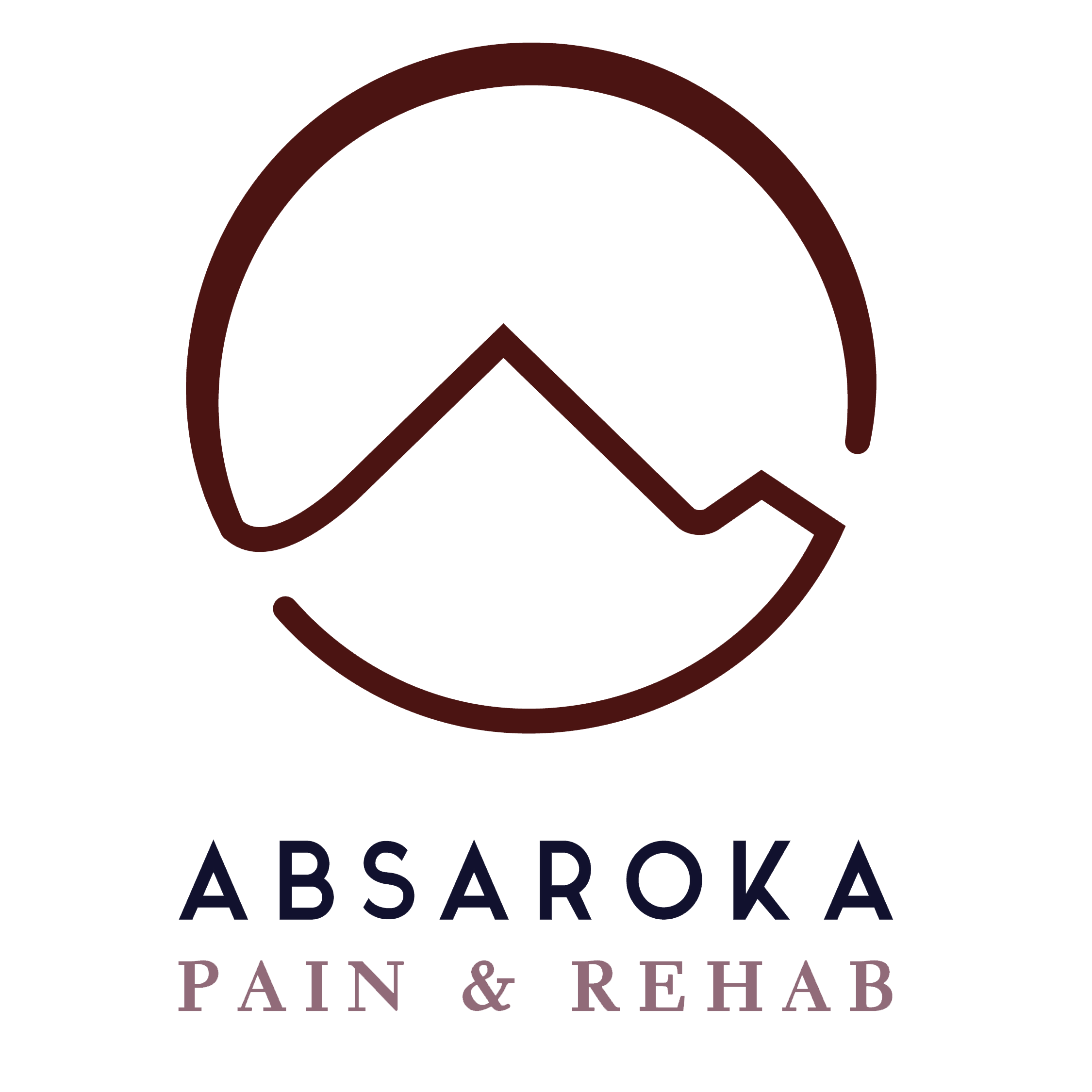What is Forward Neck Posture?
Maybe you’ve never heard of the term Forward Neck Posture, but you’ve certainly seen it. Also quite commonly referred to as iHunch or Computer Neck, Forward Neck Posture affects mass swaths of the global population and is easily identifiable once you know what you’re looking for. Just like it sounds, Forward Neck Posture is a posture problem that occurs when the neck protrudes out, as opposed to resting in an upright position over the shoulders in line with the spine. The head is leaned forward out in front of one’s body, with the ears falling over the chest more so than over the shoulders. This puts the neck at an unhealthy, sloped angle, instead of a healthy upright position.
What Causes Forward Neck Posture?
Forward Neck Posture is a health issue that has skyrocketed in recent years. While poor posture has always been around, the specific issue of Forward Neck Posture’s prevalence is a newer one—one we have technology to thank for. While the advance of technology into nearly every waking moment of our daily lives has brought about many benefits, it’s also brought a beating to our posture health. This is where Forward Neck Posture gets it’s more colloquial names mentioned above, such as iHunch or Computer Neck.
Imagine what you look like when you’re sending out a text. Your phone is usually held somewhere near your abdomen, while your head is tilted down to face the screen. The same postural position is true of someone working on a laptop. And here’s the thing: your head is heavy. As in an average of ten to eleven pounds heavy. As you tilt your head down to look at a screen, the muscles in your neck become fatigued, giving way to Forward Neck Posture. And it’s no wonder. According to the market-research group Nielsen, adults spend over 11 hours per day interacting with media. That's up from 9 hours and 32 minutes just four years ago. With nearly half of our day spent (more than half of our waking hours) spent staring at screens, it’s no shock that the neck muscles are overly tired and giving way to Forward Neck Posture on more and more individuals.
Forward Neck Posture’s Effect on Your Body
As far as what is actually occurring within your body, there are a multitude of changes happening. Some muscles are overly tight, while others have become elongated and weak. These issues take place along the cervical spine (the vertebrae that make up your neck) but can affect many different parts of the body. As the head leans forward, the sternocleidomastoids (the two large muscles that run down the side of your neck), the anterior scalene muscles (the two smaller muscles that run down the front of your neck along each side of your throat), and the suboccipital muscles (muscles on each side of the spine where it meets the skull) become overly tight.
Meanwhile, the cervical flexors (located along the front of the cervical spine and help stabilize the neck) become overly stretched and weak as the chin pokes out forward, decreasing their ability to stabilize the neck. At the same time, most who suffer from Forward Neck Posture also have more rounded shoulders. Weakened trapezius and rhomboid muscles (the muscles that retract your shoulder blades) are worn out and allow the shoulder blades to tilt forward. This leads to not only hunched shoulders and forward head posture, but also a tight chest, as it isn’t being kept open by retracted shoulder blades.
What are the Associated Symptoms of Forward Neck Posture?
These anatomical changes can cause a variety of painful symptoms. As the muscles elongate and become weaker, they are simultaneously having to do more work to fight the effects of gravity. This means they’re operating at a much higher demand, causing irritation in muscles and their attachment points. Headaches are common, as well as discomfort at the base of the skull. Shoulder pain is also extremely common, as poor posture rolls the shoulders forward and binds up the shoulder joint. This, in turn, creates an overly tight chest, which can lead to discomfort where the ribcage attaches to the sternum. Arm tingling or numbness, dizziness, and even lack of coordination can all also occur as the result of Forward Neck Posture as a result of a decrease of blood flow to the basilar artery, which supplies blood flow to the cerebellum (the balance center of the brain). Many of these symptoms can exist on their own but can often occur in conjunction with one another.
Is Forward Neck Posture Treatable?
The good news about Forward Neck Posture is that you’re not stuck with it for the rest of your life. While it takes dedication and diligence, it is possible to overcome Forward Neck Posture. You can start by making small changes in your daily life that can lead to major changes in your posture habits. First, if you’re working from a laptop, consider switching to a desktop that is raised to eye level. When scrolling or texting, try to hold your device up, instead of in your lap which requires your head to be tilted down, putting pressure on your spine. It is also important to be aware of your posture throughout the day so that you can reset to a healthier position.
These changes alone are not enough to completely undo the effects of Forward Neck Lean, but they will certainly help. To truly reverse this common problem, we suggest consulting a knowledgeable expert who can train you in exercises and stretches that practice safe and proper form.
Interested in learning more about how to cure your Forward Neck Lean? The physical therapists at Absaroka Pain and Rehab are well trained in this ailment and its correction and are ready and waiting to help you get back to a healthy, pain-free posture.

